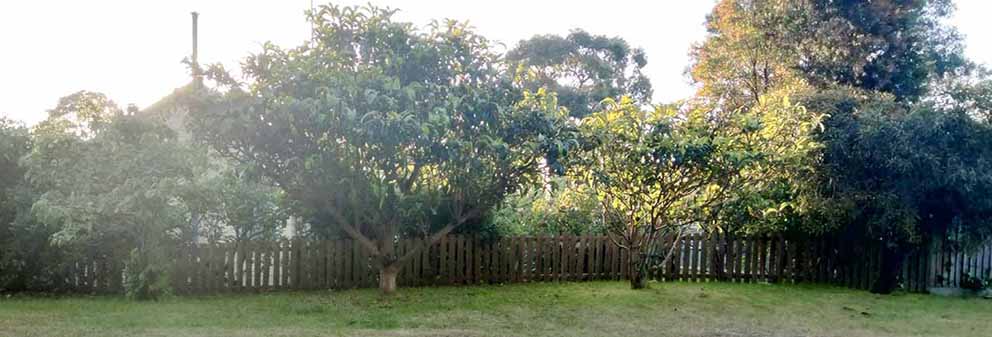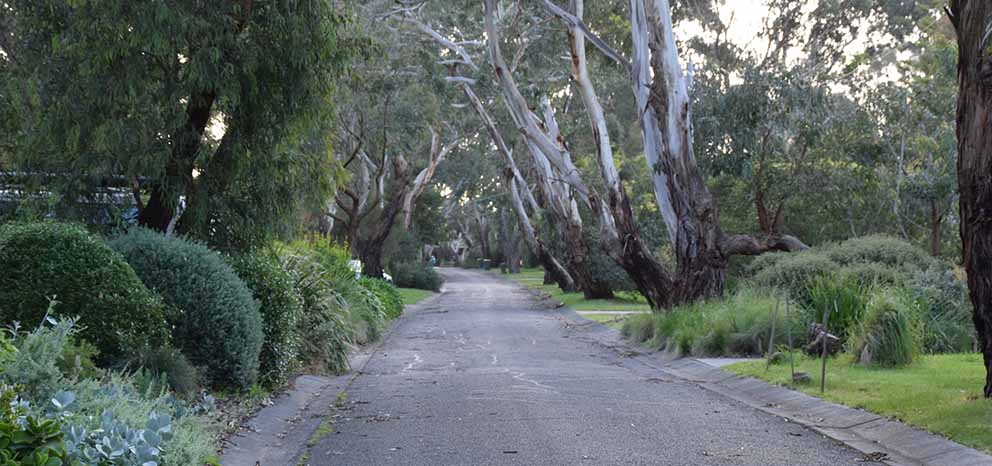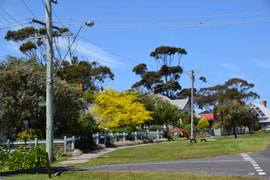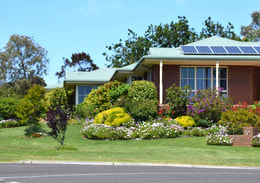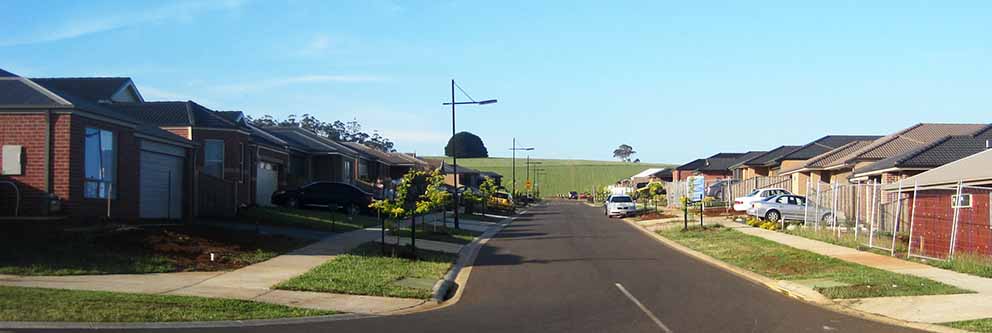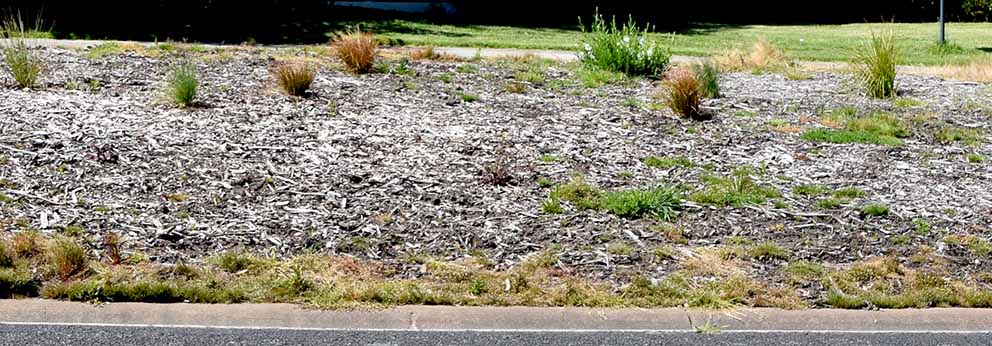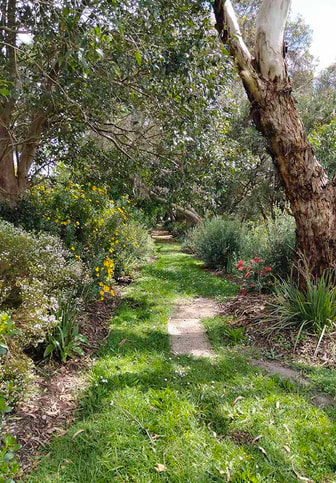
IS THIS Wonthaggi’s most beautiful nature strip? The big trees were there when the current residents moved in a couple of years ago but they have taken it to a whole new level with understorey plantings of shrubs and ground cover.
I love walking through this miniature woodland. It’s deliciously cool on a hot summer day and sheltered from the brutal south-westerlies in winter. (The only drawback is the colony of noisy miners that consider it their territory.)
There are multiple benefits to urban plantings. They cool their surroundings, they absorb carbon dioxide and emit oxygen. They provide habitat and food for birds, lizards and invertebrates. They look good and they make us feel good.
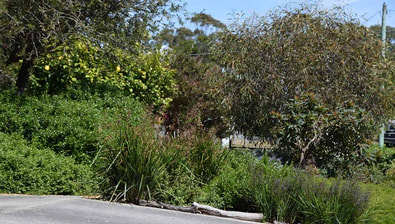
“Then I wanted to plant an understorey so we got a permit. Now we’ve got blue tongued lizards and birds. People often comment on it.”
Charge me with unauthorised planting on my nature strip and I will happily plead guilty. This is my own modest contribution to the future food security of my neighbourhood: it includes six feijoa trees, a quince tree, two loquats and a pin cushion hakea for the honeyeaters and black cockatoos.
Wonthaggi’s got some great nature strips but when it comes to my favourite streetscapes, I head to Inverloch.
Sophie and John obtained a permit to plant out their nature strip back in 2001, when it cost just $50. The original prompt for planting was the removal from the nature strip of a large gum which had been compromised by regular and fairly brutal pruning to keep it clear of the power lines. Now they have hazel pomaderris, leucopogon, lomandra, poas, correas – all low-maintenance and hardy plants.
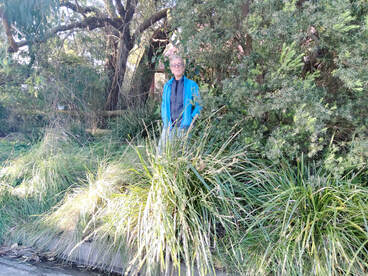
Since they planted their nature strip, many others in the street have followed suit, forming a virtual wildlife corridor along View Street. A koala is a regular visitor. “We often have him in the back yard. He uses this peppermint gum for a night’s stopover then proceeds on his way.”
Sophie says there are multiple benefits to planting nature strips. “It’s habitat for the birds. It’s protection for our house. It adds to the privacy. The shire doesn’t have to worry about any maintenance. No lawn to mow. The shire felt it was a good way of utilising my energy and skills and reducing their maintenance and costs and contributing to our urban forest that we keep hearing about.”
Clearly we will be relying on street trees and other plantings to soften the new estates and to meet our shire-wide targets.
| A desktop study using aerial imagery has identified almost 40,000 council-managed trees across the shire, and about 8500 potential vacant street tree sites in Wonthaggi, Cowes, Inverloch, Grantville and San Remo. Under the urban forest strategy, the council aims to plant 1500 extra trees a year. While increasing the number of trees in our towns is welcome, trees alone do not make wildlife habitat. The understorey and mid storey are also essential biodiverse elements for lizards, small birds and invertebrates. The forest strategy also recommends updating guidelines for planting nature strips. Rather than making residents jump through the bureaucratic hoops to obtain a “road occupancy permit”, and pay $200 for it, how about a rates rebate for residents who plant and nurture their nature strips? There is already a precedent for this with the Bass Coast Rural Land Management Scheme which provides rebates for farmers who enrich the environment and practise sustainable agriculture. | The numbers
|
